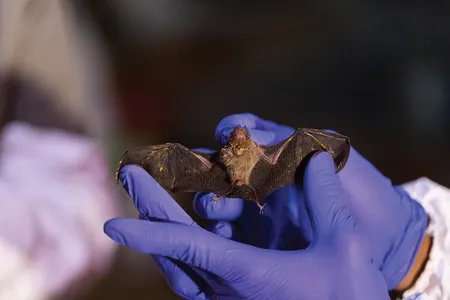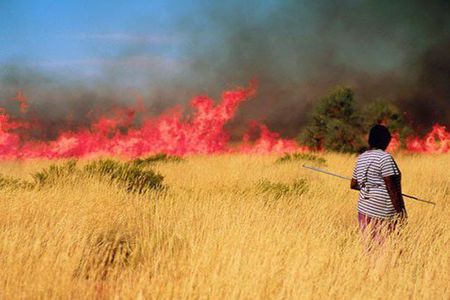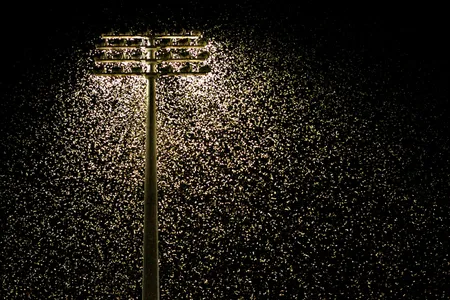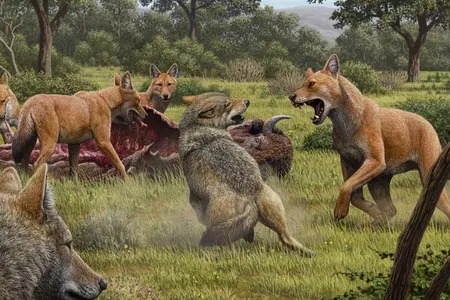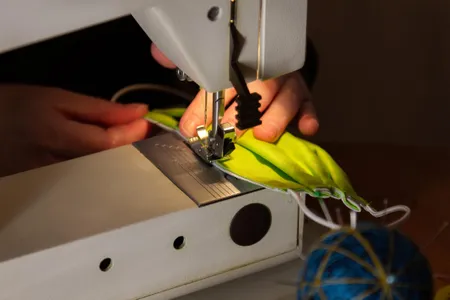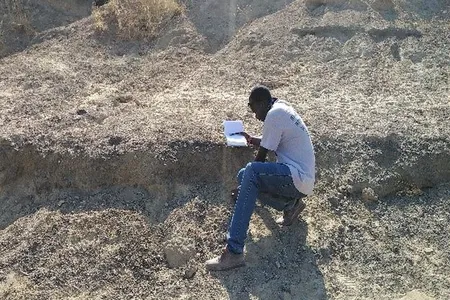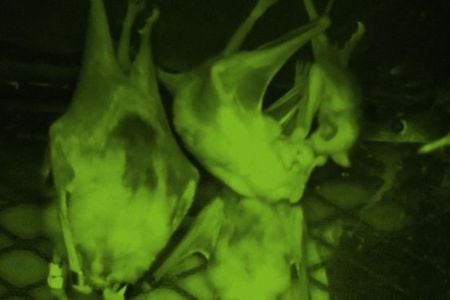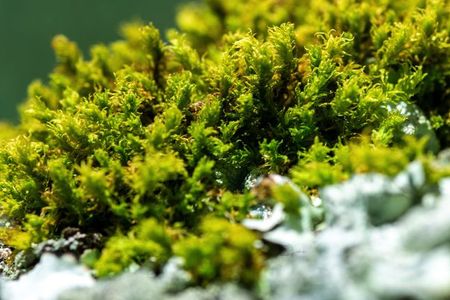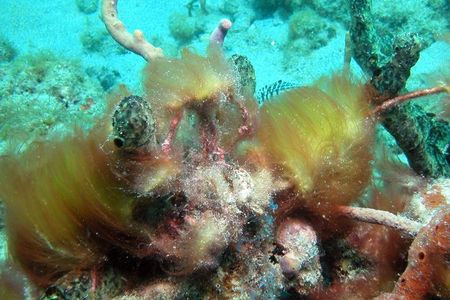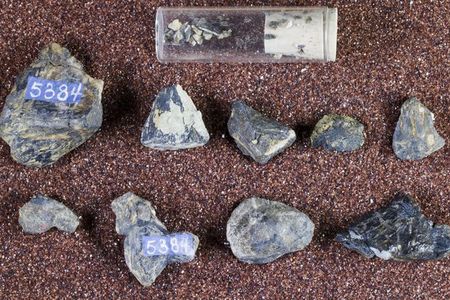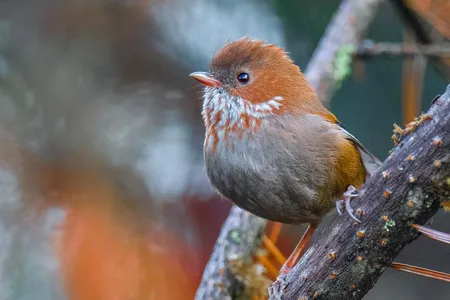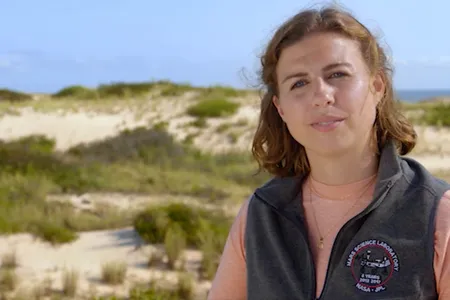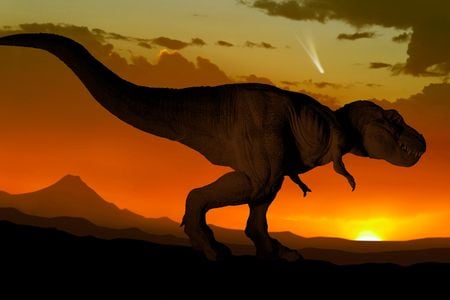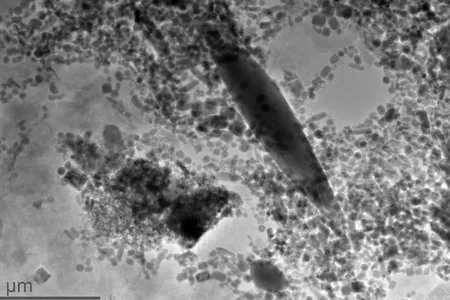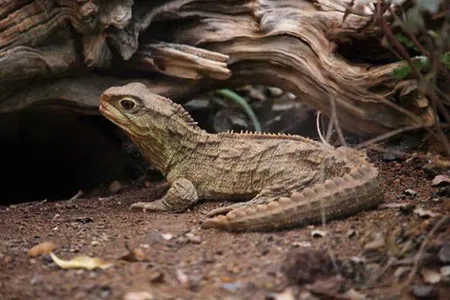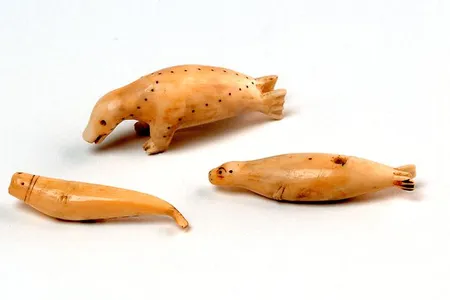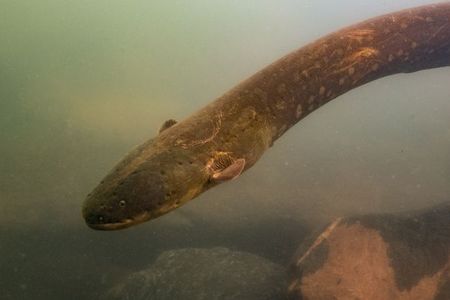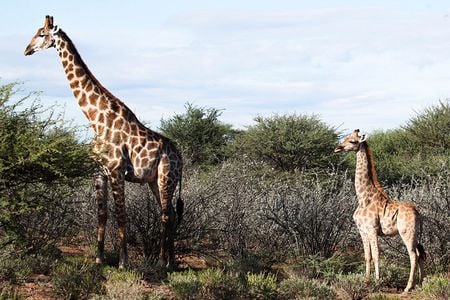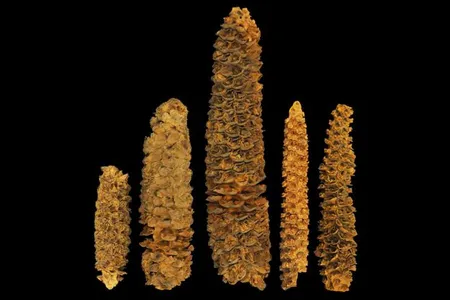Secretary Lonnie Bunch on the Power of Research at the Smithsonian
We can accomplish more when we unite our robust scientific capabilities with our educational reach
New Study Pushes Origins of Human-Driven Global Change Back Thousands of Years
Understanding people’s past land use strategies could help us better conserve global biodiversity now.
Using Amber-Filtered Bulbs Instead of White Light Attracts Fewer Bugs
In a tropical rainforest study, 60 percent fewer insects visited traps illuminated in a golden glow. Researchers say the results may be widely applicable
Meet the Scientist Studying How Dogs Evolved From Predator to Pet
Learn about how humans of the past helped build the bond between us and our favorite furry friends
How to Build a Better Homemade Face Mask, According to Science
When Covid-19 hit, Smithsonian researchers set up makeshift home laboratories to conduct groundbreaking studies on mask fabric materials
How the Pandemic Changed Scientific Exploration
Seven Smithsonian scientists continued to discover the secrets of the natural world safely during the pandemic
Baby Vampire Bat Adopted by Mom’s Best Friend
The strong relationship formed between two female adult vampire bats may have motivated one of the bats to adopt the other’s baby
Step Into the Mossy World Where Tiny Plants Play an Outsized Role in the Environment
Bryophytes are an important part of our environment, but in the tropics, there’s still much to learn about them
Scientists Find Blue-Green Algae Chemical With Cancer-Fighting Potential
The discovery shows how studying marine biodiversity can enhance biomedical research.
Scientists Name Old Dinosaur for the Smithsonian
A new study has reclassified a fossil discovered in 1883 as a dicraeosaurid—a family of long-necked dinosaurs rarely found in North America
Himalayan Songbirds Adapted to the Cold by Sporting Thicker Down ‘Jackets’
High-elevation birds might use their downy feathers to keep from wasting energy shivering to stay warm
Why a Smithsonian Researcher Is Tracking the Wind on Mars
When Perseverance lands, Mariah Baker will collect data that will prepare the way for crewed missions to the Red Planet
Astrophysicists Chart Source of Asteroid That Killed Dinosaurs
A new model explains a possible route for the extraterrestrial rock before it blasted Earth
New Way to Study Magnetic Fossils Could Help Unearth Their Origins
Now that scientists can detect these fossils in geologic materials faster, they will be able to look for past evidence of the fossils more efficiently
Balancing Homework and A.P. Classes, These High Schoolers Discovered Four Exoplanets
Thanks to a Harvard-Smithsonian mentoring program, high school students Kartik Pinglé and Jasmine Wright helped discover new worlds
Scientists Discover This Peculiar New Zealand Reptile Has Two ‘Powerhouse’ Genomes
The research could help zoologists understand what makes tuataras so genetically different from all other reptiles.
How Arctic Anthropologists Are Expanding Narratives About the North
Studying past Arctic cultures and working with today’s northern communities to address present-day socioeconomic and environmental challenges
Shocking Study Finds Electric Eels Hunt Together
The study challenges what researchers know about eels’ supposed loner behavior
Scientists Report First Instances of Dwarf Giraffes
Two individuals spotted in the wild seem to have classic long necks but unusually short, stubby legs
How Ancient DNA Unearths Corn’s A-Maize-ing History
New study shows how extracting whole genomes from ancient material opens the door for new research questions and breathes new life into old samples
Page 3 of 13
